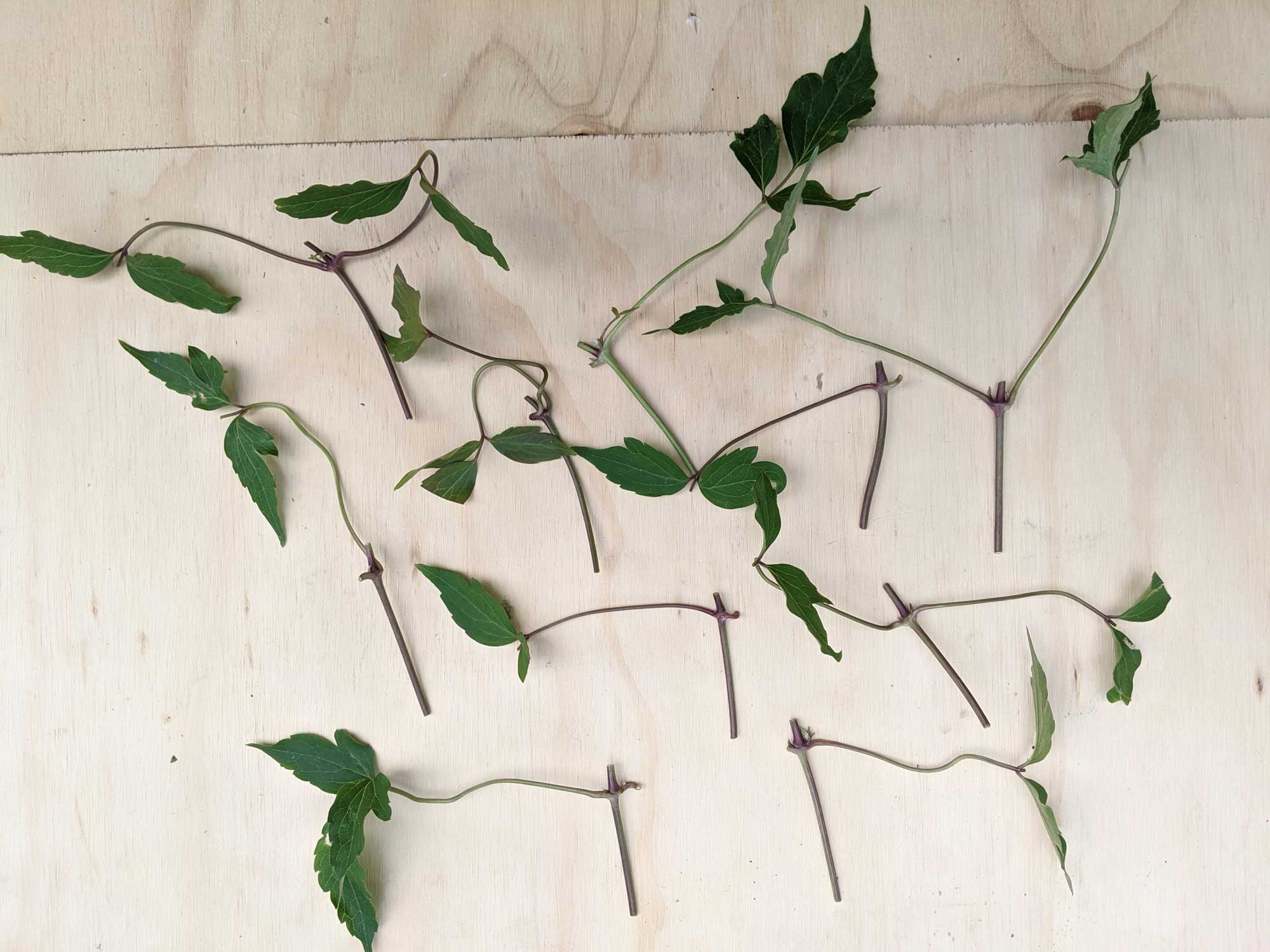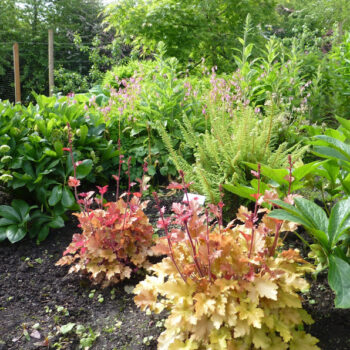June 7, 2025 10:00 am – 1:00 pm (3 hours)
Portland Community College Rock Creek , Building 4, Room 104
17705 NW Springville Road, Portland, OR
In this hands-on workshop, participants will learn fundamentals of asexual plant propagation using plant stem cutting, division, and layering techniques. During group rotations in a lab, in a greenhouse and in a garden, participants will practice making clones using these techniques. Participants will be able to match which technique works with what types of plants and explore how to care for each cloned sample.
Participants, please bring: gardening gloves, pruners, trowel. Dress for the weather (ie.hat & sunscreen or rain jacket) as you will be outside for part of the session.





 In cooperation with the OSU Extension Service, the Washington County Master Gardener Association (WCMGA) provides relevant, research-based education and outreach to the public about horticulture and household pests. This information promotes sustainable practices that minimize risks to human health and the environment. The Washington County Master Gardener Association (WCMGA) sponsors a wide variety of gardening–related demonstrations, lectures, seminars and workshops in various Washington County Oregon locations. Most of our events are free and open to the public. The WCMGA is a 501c3 non-profit supported by hundreds of volunteers, who work to educate the public about sustainable, affordable gardening.
In cooperation with the OSU Extension Service, the Washington County Master Gardener Association (WCMGA) provides relevant, research-based education and outreach to the public about horticulture and household pests. This information promotes sustainable practices that minimize risks to human health and the environment. The Washington County Master Gardener Association (WCMGA) sponsors a wide variety of gardening–related demonstrations, lectures, seminars and workshops in various Washington County Oregon locations. Most of our events are free and open to the public. The WCMGA is a 501c3 non-profit supported by hundreds of volunteers, who work to educate the public about sustainable, affordable gardening.